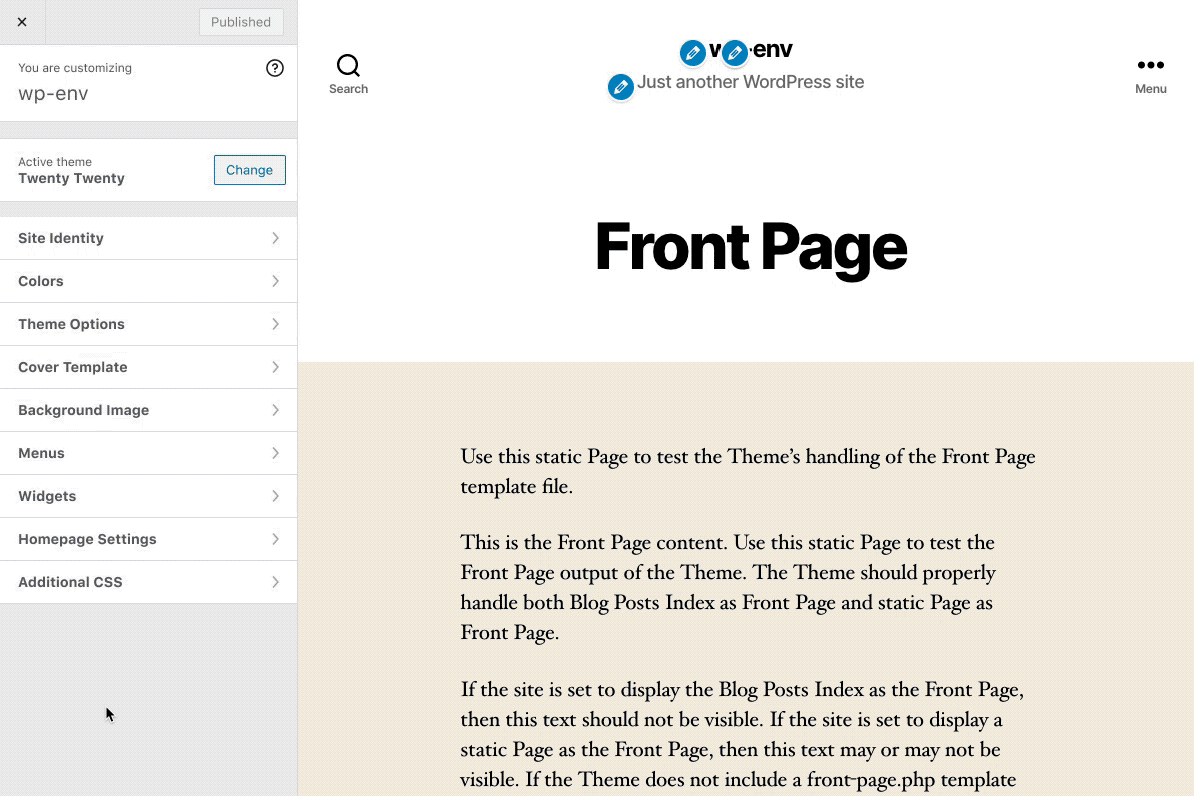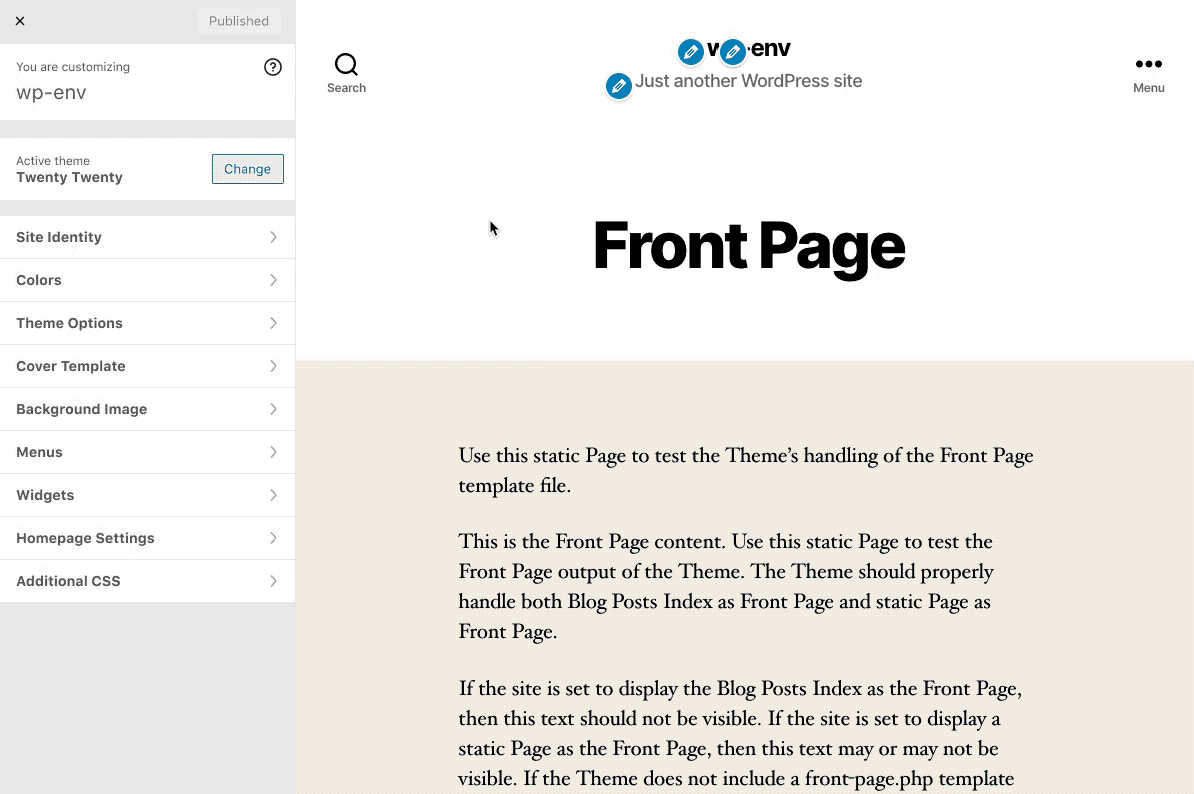The great thing about the Customizer is the sidebar presents the backend widget management while also providing a frontend preview of the live edits. Keeping this frontend preview while managing widgets AND blocks is important. @celloexpressions writes it well in his issue.
@draganescu, to your point here:
a path where a block editor would expand to "full screen", like the theme selection works.
Would this be another interface separate from both the Customizer and the Widget Screen? The current problem with the block editor is that it doesn't show me how the widget areas are displayed on the frontend (ie. Footer).




















Introduction
Since the beginning of the new Widgets editor project, one of the requirements was that by allowing blocks to be used in widget areas in the normal widget screen (which we call the Widgets editor) these blocks should be also editable in the Customizer.
The Customizer has successfully allowed widget editing so far, it covers all the functionalities of managing both the widget areas (sorting widgets, adding and removing widgets) and the widgets themselves. However, the new Widgets editor adds blocks to the mix and problems arise in the Customizer:
This discussion aims to clarify that.
Current status
Right now, as of Gutenberg 9.3.0, the blocks added in the Widgets editor appear in the Customizer, but:
editlink that move the user away from the Customizer and back to the Widgets editor, which is a jarring experience.This has been a graceful failure experience, but for the reasons above, it's clearly not good.
Ongoing discussions
25818 signalled the problem with the original attempt (see #23977). The initial take on implementing block editing in the Customizer was to embed a block editor in the sidebar, which would edit an entire widget area. There were a few problems:
In #26012 @celloexpressions details a complex approach which endorses the Customize API as a common ground between blocks and widgets, enabling live previews, draft changes, scheduling and so on, for any widget area update.
Further discussion on #25818 has @noisysocks suggesting an alternative experience:
Open issues
Given the above, let's thread a clarifying discussion in this issue and try to solve these outstanding problems:
How to make the block editor talk to the Customizer?
This is important as to determine the level of complexity of this whole idea and understand if it is a "project" on its own. It may be that this also affects how the new Navigation editor - which would allow blocks in navigation menus - works in the Customizer as well.
What is the best experience for managing widgets now that we have blocks alongside them?
The original idea of embedding a block editor in a constrained sidebar suffers from a lot of problems. We may come up with ideas to fix those. Or we can discover together new ways of editing blocks while taking advantage of the live preview that the Customizer offers. @noisysocks and @celloexpressions seem to agree on a path where a block editor would expand to "full screen", like the theme selection works. Other ideas welcome.
Should we unify the Customizer and the widgets screen?
If the editing of widgets and blocks will provide the best experience in the Customizer what is the role of keeping the duplication of functionality in an extra screen (editor) that would offer no extra benefit, and which would also require duplication or lack of a preview of changes?
Our goals
Before diving in, let's reiterate our overarching goals that are the base of this discussion:
Let's talk!